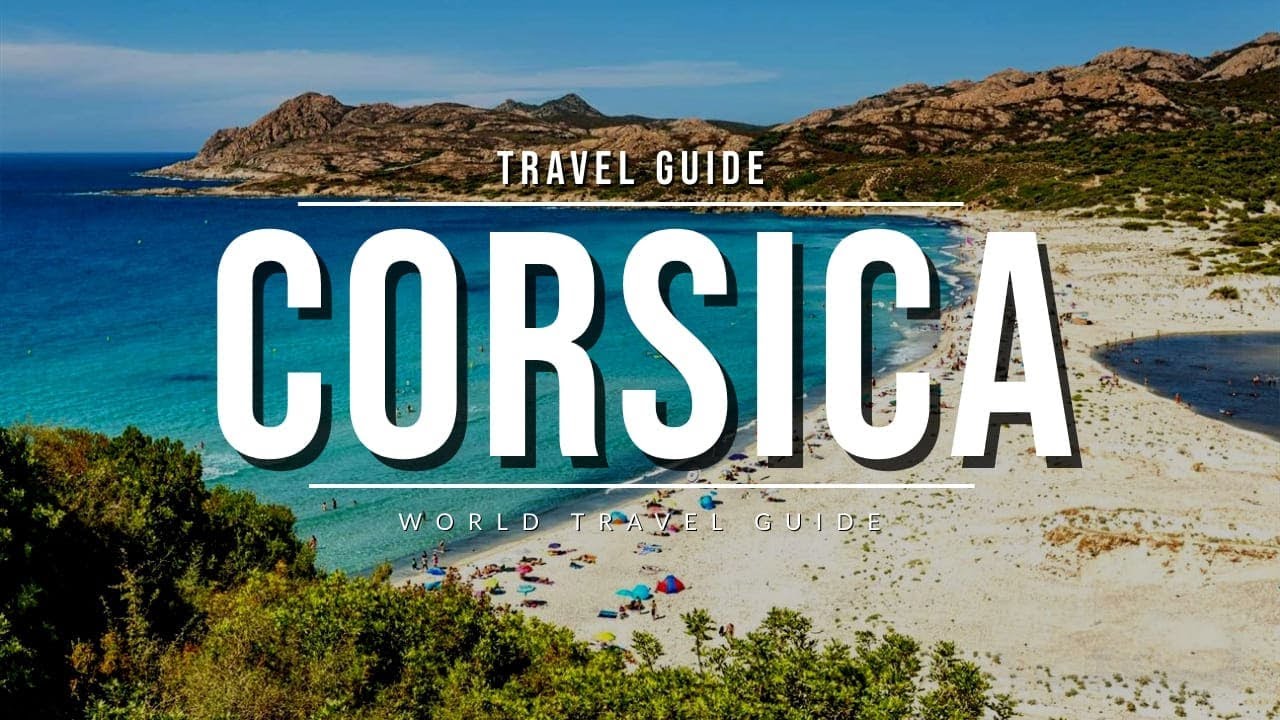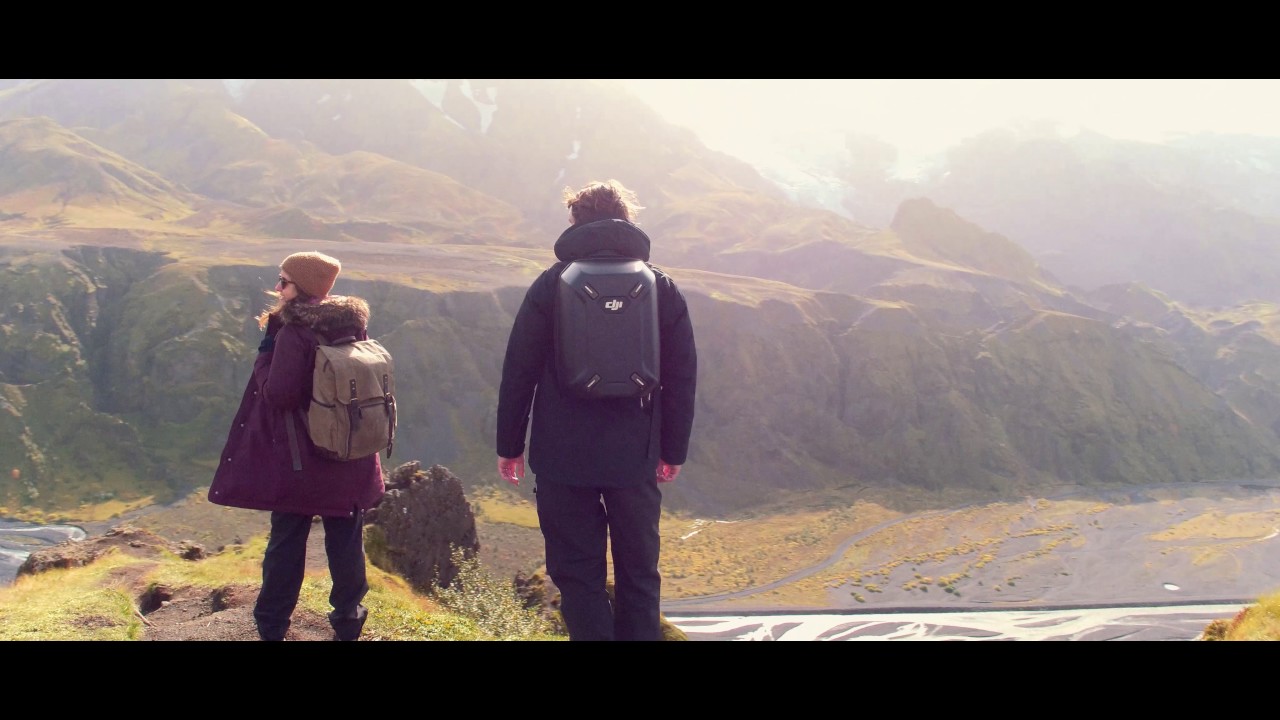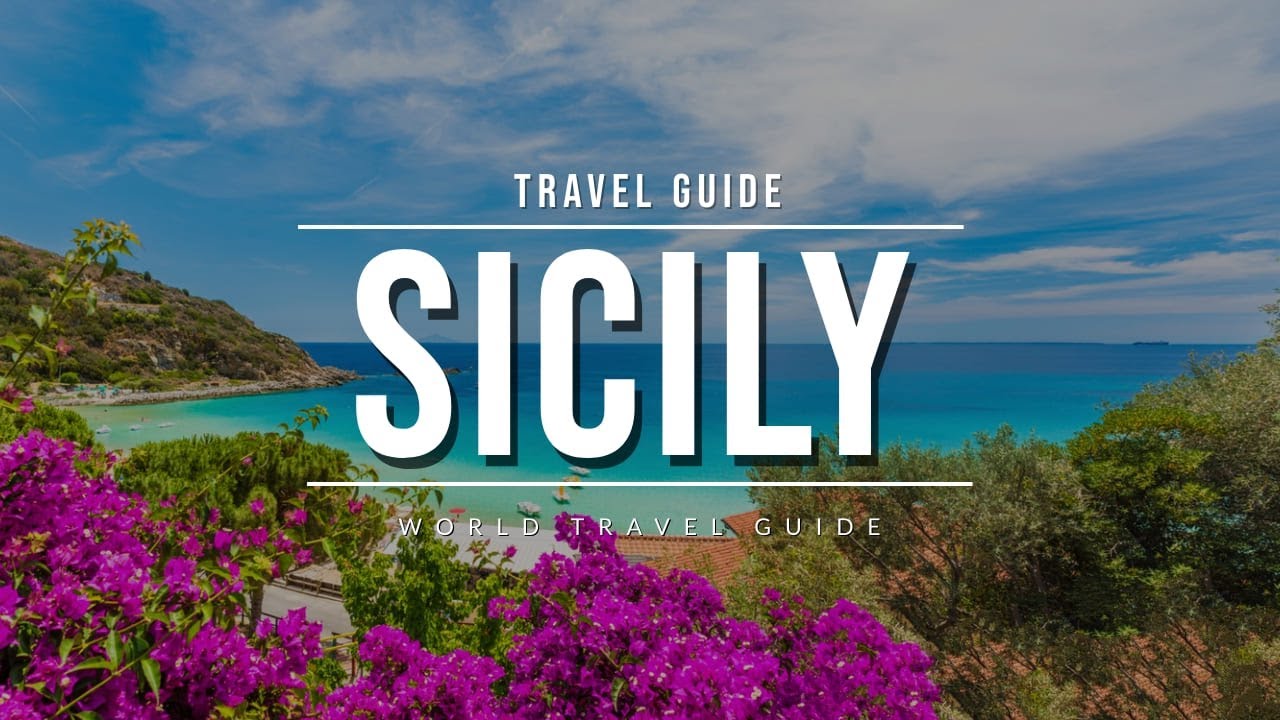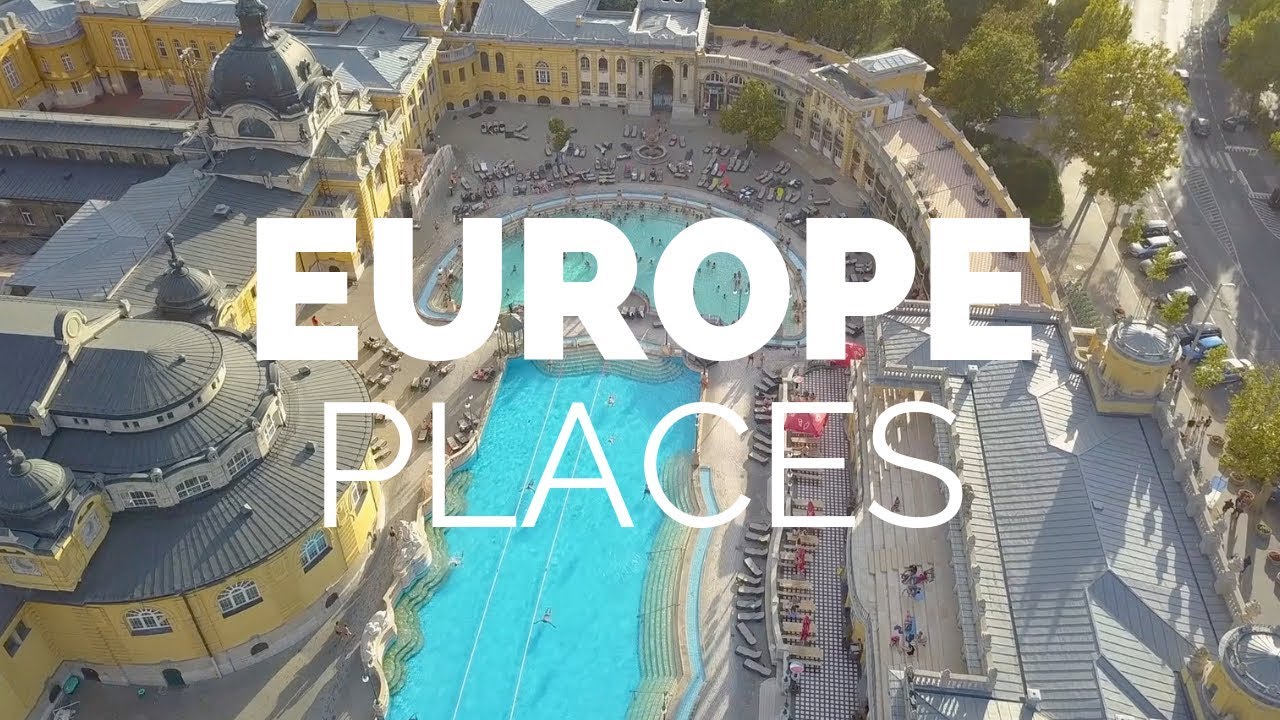Gran Canaria is a legendary travel destination and one of the Canary Islands in Spain. The capital of Gran Canaria is Las Palmas.
Welcome to Gran Canaria, a place where beautiful beaches meet green forests and volcanic peaks touch the sky. This is World Travel Guide, and in this episode we will discover the best places to visit on the beautiful Canary Island. Gran Canaria, a captivating island in the Canary Islands archipelago, is located off the northwest
Coast of Africa. It sits in the Atlantic Ocean, around 200 kilometers west of the southern border of Morocco. With an area of about 1560 square kilometers, Gran Canaria is the third-largest island in the Canary Islands. Geographically, Gran Canaria is a remarkable destination. The
Island offers a unique landscape that ranges from stunning coastline to large mountains and valleys. Its unique shape has earned it the nickname “the Miniature Continent”, due to its contrasting microclimates and different ecosystems. The southern part of Gran Canaria, including popular resort areas such as Playa del Ingles and Maspalomas, attracts younger tourists
Looking for relaxation and entertainment. Nature lovers usually visit the central and northern regions of Gran Canaria, where they can explore the island’s natural wonders. The different landscapes, including the iconic sand dunes of Maspalomas, the Roque Nublo rock formation, and the forests of Doramas Rural Park, provide awesome opportunities for hiking. Tourism plays
A vital role in Gran Canaria’s economy. Each year, the island welcomes a significant number of visitors from around the world. In recent years, the number of tourists has steadily increased, with millions of people choosing Gran Canaria as their holiday destination.
With a population of around 380 000 residents, Las Palmas is the largest city in the Canary Islands and the ninth-largest in Spain. The exceptional geographic location of the port of Las Palmas, has made it the most important port precinct in the Mid-Atlantic.
The city has become an increasingly popular tourist destination, with its golden beaches, such as Las Canteras and Alcaravaneras. But it has to be mentioned that Las Palmas is actually an old city. It was founded in the 15th century, when the Spanish
Crown established a settlement here. In 1492, Christopher Columbus anchored in the port of Las Palmas for a repair of the rudder of his ship Pinta, on his first trip to the Americas. Vegueta, the historic district of Las Palmas, is the oldest part of the city and is famous for
Its well-preserved colonial architecture. The centerpiece of Vegueta’s architecture is the Cathedral of Santa Ana. Its construction began in the 16th century and continued for several centuries. Vegueta is a UNESCO World Heritage site and one of the biggest attractions of Gran Canaria.
Las Canteras Beach is the largest beach in the city, and is very crowded throughout the year. Arucas is a small town in the northern part of the island. The town is surrounded by beautiful landscapes and has a pleasant climate throughout the year. The location of Arucas is quite special,
Because it’s close to both the mountains and the coast. This means that you can enjoy both scenic hikes and fun beach days. It takes only 20 minutes to drive from Las Palmas to Arucas. The fertile soil in the region contributes to the expansion of banana plantations and
Vineyards. The most recognizable landmark in Arucas, and perhaps the most famous church in Gran Canaria, is the Church of San Juan Bautista, an impressive example of neo-Gothic architecture. This incredible building dominates the town’s skyline and is the main tourist attraction here. Its construction began in 1909 and wasn’t finished until 1977.
The Maspalomas Dunes are a natural wonder located on the southern tip of Gran Canaria. These dunes form a unique landscape that stretches over an area of 400 hectares. The Maspalomas Dunes are made up of fine golden sand, which has been shaped by the wind and ocean currents
Over thousands of years. The constant interplay between the trade winds and the coastal currents, has created an ever-changing environment, with the dunes shifting and rearranging themselves over time. The dunes are not only appreciated for their natural beauty, but also for the recreational opportunities they provide, especially sandboarding. The Maspalomas Dunes are
A protected nature reserve, and visitors are encouraged to respect the natural environment and follow designated paths to minimize their impact on the dunes. At the edge of the dunes, you will find the famous Maspalomas Beach, a fantastic place for windsurfing and kiteboarding.
Pico de las Nieves is a mountain peak, located in the center of the island. It is the highest point of Gran Canaria, reaching an elevation of 1950 meters above sea level. Pico de las Nieves means “Peak of the Snows” in Spanish, but despite its name it doesn’t usually have snow on its
Summit, as the climate in the Canary Islands is subtropical and generally warm. However, the mountain peak offers incredible views of the island and the surrounding landscapes. It’s a popular destination for hikers. There are several hiking trails, allowing visitors to explore the unique volcanic terrain and enjoy the beautiful scenery. The most recognizable
Natural landmark here is “El Roque Nublo”, a famous rock formation which is an iconic symbol of Gran Canaria. It has a unique shape, resembling a large monolith or a massive stone pillar. The Palmitos Park is a popular theme park and botanical garden, located
In the southern region of Gran Canaria. It offers a unique and enjoyable experience for visitors of all ages. The park is known for its incredible range of flora and fauna, showcasing an impressive collection of plant species from around the world. As you explore Palmitos Park,
You’ll encounter beautiful gardens and flourishing tropical vegetation, creating a visually stunning environment. One of the main attractions of Palmitos Park is its extensive collection of exotic birds. You can also observe dolphins swimming and Performing tricks in the park’s
Dolphin show. There is also a section dedicated to primates, where you can see monkeys up close. For those interested in marine life, Palmitos Park features an aquarium with a wide range of fish, seahorses and other species. The underwater tunnel provides a unique perspective, allowing visitors
To enjoy the marine world. Many tour operators on the island offer organized tours to Palmitos Park. Puerto de Mogan is a delightful coastal village, known as the “Little Venice” of the Canaries. As you stroll through the narrow cobblestone streets, it’s easy to see why it has earned
Its nickname. The canals, lined with colorful fishing boats and surrounded by beautiful white houses decorated with blooming flowers, create a postcard-perfect scene reminiscent of the Italian city. One of the highlights of Puerto de Mogan is its charming marina,
Where elegant yachts and fishing boats rest in perfect harmony. The harbor acts as the heart of the village, bustling with activity as fishermen unload their catch of the day. Lined with palm trees and overlooking the clear waters of the Atlantic Ocean, the promenade is the ideal place
For a romantic sunset walk. For those seeking a taste of local cuisine, Puerto de Mogan is a gastronomic paradise. From traditional tapas bars to waterfront restaurants specializing in fresh seafood, this is the perfect place to taste the flavors of the region.
Aguimes lies in the southeast of Gran Canaria, around 30 kilometers south of Las Palmas. Founded as a church manor town by the Catholic monarchs in the 15th century, it was one of the first post-conquest settlements. The town’s centerpiece is the imposing Church of San Sebastian, a
Magnificent example of Canarian Gothic style that has stood tall for centuries. This Monumental stone church was declared a Spanish National Historic Monument in 1981. The main square is lined with typical Canarian buildings, and is probably the perfect place to take a time out and observe
Local life go by. One of the best things to do here is to visit the collection of street bronze sculptures, that celebrate the town’s history and are part of the Aguimes sculpture trail. When it comes to exploring the incredible island of Gran Canaria, different transport
Options are available to suit every traveler’s needs. For those arriving by air, Gran Canaria’s international airport, located near the capital Las Palmas, serves as the gateway. One of the easiest ways to get around Gran Canaria is by using the island’s extensive bus network. Guaguas, as the
Locals call them, provide affordable transport to various destinations. The buses are equipped with air conditioning and comfortable seating, ensuring a pleasant journey. The Global bus company operates routes that connect major towns and tourist spots, allowing visitors to access popular attractions. For tourists seeking more flexibility and independence, car rental services are available at
The airport and in major towns. When driving around Gran Canaria, it’s worth noting that the island’s terrain can be hilly and winding, so cautious driving is essential. You can also rent bicycles from various rental shops across the island, and explore the extensive network of cycling paths.
Did you ever visit Gran Canaria? Let us know in the comments and share your thoughts with us! Don’t forget to hit the Subscribe button and stay tuned for more exciting travel content.
source









